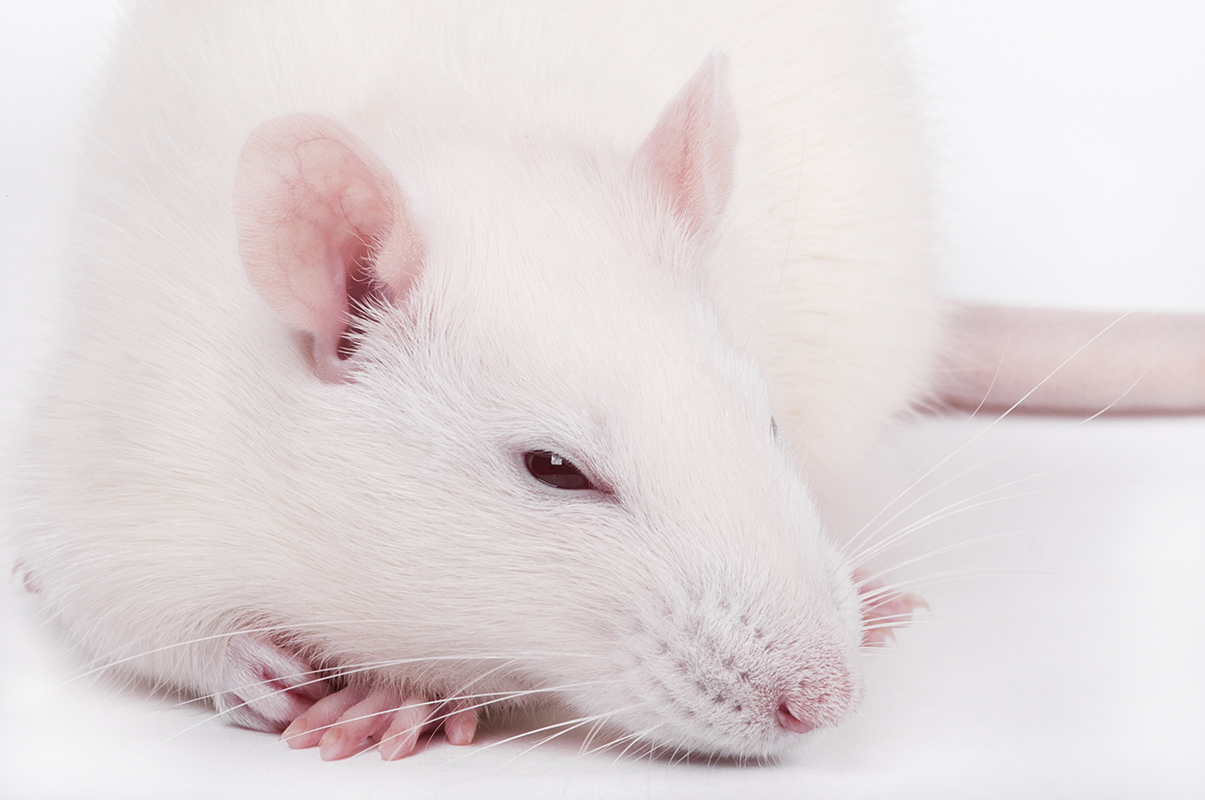Alcohol Use Makes Rats Crave Cocaine

If you give a mouse a cookie, you'll prompt it to seek something else, according to the popular children's book. Scientists recently observed similar behavior in experiments with rats — though the rewards were substantially less child-friendly.
In a study examining the effects of addictive substances, researchers gave a group of rats daily servings of alcohol over 10 days, and then introduced the rats to cocaine, which the rodents were allowed to self-administer intravenously by pressing a lever. They found that the rats that were exposed to alcohol responded to the cocaine with the unusual avidity that is typically associated with addiction.
Further investigation revealed that the rats' long-term alcohol consumption affected brain activity in the region linked to reward-based memory, offering important evidence that alcohol use could be a contributor to the neurochemical landscape that makes some individuals more prone to addictive behavior. [America's Opioid-Use Epidemic: 5 Startling Facts]
Because the study was done in animals, more research is needed to determine whether the same mechanisms are at play in human brains.
Not all cocaine use leads to addiction in humans — only about 21 percent of those who use the drug develop a dependency, the study authors reported. Experts define addiction to cocaine through a set of complex behaviors: when users are more motivated to seek out the drug, when they seek it persistently even when it doesn't cause the same feelings of reward in the brain, and when they continue to pursue it even when there are negative consequences, the researchers wrote in the study.
In the experiments, the rats that had been exposed to alcohol over the 10-day period sought cocaine much more frequently than those that had received no alcohol. During a "time out" period, when no cocaine was released to them, the rats that had received alcohol pressed the drug-delivering lever an average of 58 times. By comparison, the rats that had not received alcohol pressed the lever only 18 times.
The rats that had previously received alcohol also worked harder for their cocaine hit. When the researchers increased the number of presses that the lever required in order to dispense the cocaine, the rats that hadn't been given alcohol pressed the lever up to 310 times, while the group that received alcohol kept on pressing up to 563 times.
Get the world’s most fascinating discoveries delivered straight to your inbox.
Behavioral differences between the groups also emerged during tests to see whether electric shocks to the rats' feet could deter them from seeking cocaine. The rats that had been given alcohol "were significantly more resistant to punishment," the study authors wrote.
On a molecular level, the scientists noted that, in the rats that were exposed to alcohol, two proteins in their brains — nuclear histone deacetylases, known as HDAC4 and HDAC5 — showed decreased activity, which made the brain more responsive to cocaine's effects.
While many factors are associated with cocaine addiction in people — including environmental and genetic variables, in addition to psychiatric disorders — the study's findings suggest that sustained alcohol use could alter the landscape of the brain's reward system, making the user more vulnerable to developing an addiction to cocaine, the researchers said.
The findings were published online Nov. 1 in the journal Science Advances.
Original article on Live Science.

Mindy Weisberger is a science journalist and author of "Rise of the Zombie Bugs: The Surprising Science of Parasitic Mind-Control" (Hopkins Press). She formerly edited for Scholastic and was a channel editor and senior writer for Live Science. She has reported on general science, covering climate change, paleontology, biology and space. Mindy studied film at Columbia University; prior to LS, she produced, wrote and directed media for the American Museum of Natural History in NYC. Her videos about dinosaurs, astrophysics, biodiversity and evolution appear in museums and science centers worldwide, earning awards such as the CINE Golden Eagle and the Communicator Award of Excellence. Her writing has also appeared in Scientific American, The Washington Post, How It Works Magazine and CNN.


